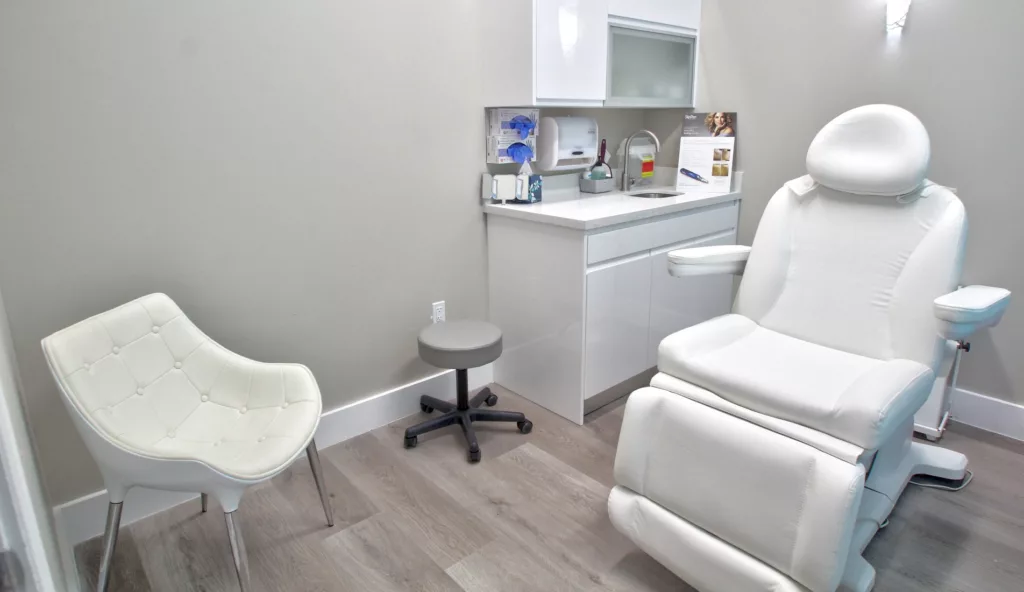When considering strategic moves for your practice, having a clear understanding of its market value is essential. Let's explore what drives practice value and how experienced advisors approach valuation in today's market.
The Foundation: EBITDA
The core of practice valuation starts with EBITDA (Earnings Before Interest, Taxes, Depreciation, and Amortization). This metric provides a clear view of your practice's operational profitability and serves as the foundation for determining market value.
How Multiples Work
Practice value is typically calculated by applying a multiple to your EBITDA. These multiples generally range from 2x to 7x, with the specific multiple determined by key value drivers like practice size, operational infrastructure, provider diversity, market position, growth potential, staff stability, technology integration, and revenue consistency.
Key Value Drivers
Strong operational systems, market demographics, and revenue diversity significantly impact your practice's multiple. For example, a practice with $500,000 in EBITDA could command a 6x-7x multiple when supported by multiple providers, strong systems, prime location, and consistent growth. Conversely, heavy reliance on owner production, basic operations, or dated systems might result in a 4x-5x multiple for the same EBITDA.
Real World Impact
Consider two practices, both generating $500,000 in EBITDA. Practice A, with multiple providers, strong systems, and consistent growth in a prime location, might be valued at $3-3.5M. Practice B, heavily dependent on the owner and operating with basic systems in a secondary market, might be valued at $2-2.5M. The difference lies in how these practices have positioned themselves in the market.
Key factors that drive higher multiples include:
- Reduced owner dependency through strong operational systems
- Multiple revenue streams and diverse provider base
- Well-documented procedures and clean financial records
- Strong, stable staff and patient relationships
- Modern technology and equipment
- Prime location and market positioning
- Consistent growth history and clear expansion potential
- Professional management structure
The Valuation Process
Professional valuation goes beyond simple EBITDA calculations. It requires thorough financial analysis, operational assessment, market evaluation, and risk consideration. Unlike residential real estate with standardized MLS systems, healthcare practice valuation demands deep market knowledge and experience to determine fair market value.
Building Long-Term Value
Whether you're planning an exit or building for the future, understanding these valuation principles helps guide strategic decisions. Focus on developing systems that reduce owner dependency, maintain accurate financial records, and build a strong team. These improvements not only increase practice value but also create a more sustainable business.
Moving Forward
Making informed decisions about your practice's future starts with understanding its true market value. While EBITDA and multiples provide a framework, professional guidance ensures you consider all factors that impact value in today's dynamic healthcare market.



